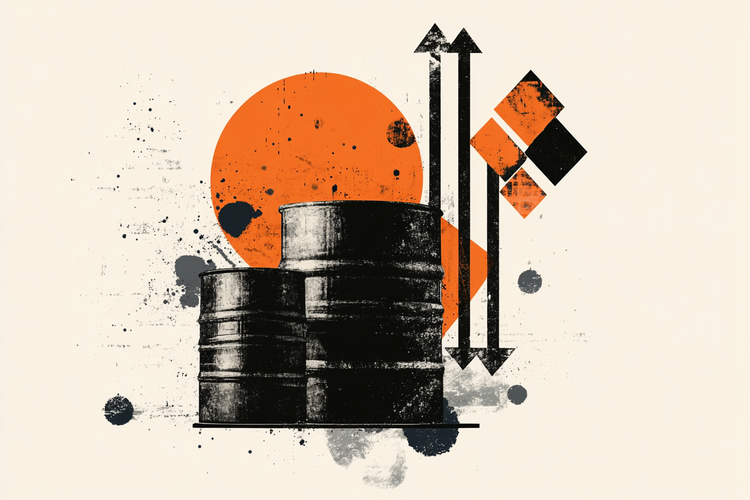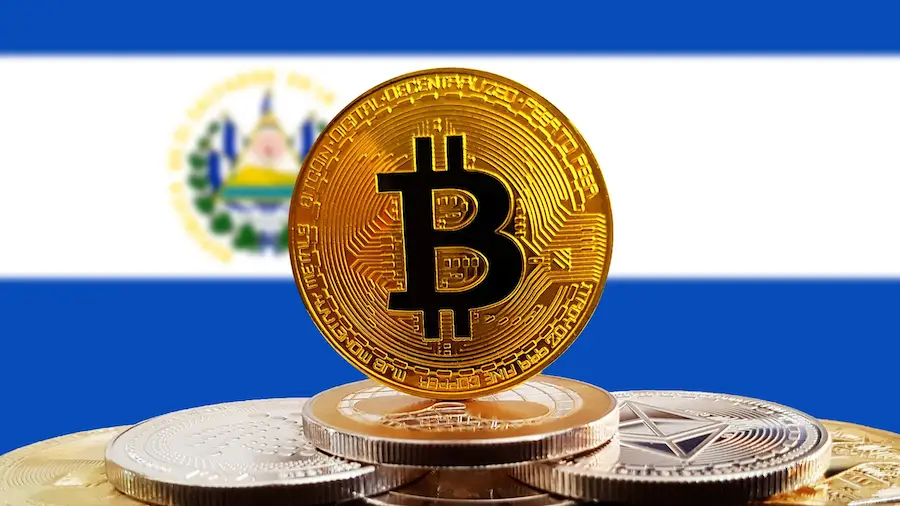Ethiopia, Africa’s second most populous country, is embroiled in high intensity internal conflict. It opposes the central federal power based in Addis Ababa to the forces at the head of the province of Tigray, that of the Front for the Liberation of the Peoples of Tigray (TPLF) who have inclinations for dissent. Indeed, Ethiopia’s military offensive against the Tigray region is the culmination of months of tension between the federal government and the leaders of the Tigrayan minority. It must be said that, for a long time, these were the all-powerful holders of the levers of power in Ethiopia before being gradually sidelined with the arrival of the one who obtained last year, in 2019, the Nobel Peace Prize. Let’s say it right away: this operation, described as “war” by the Ethiopian army, raises serious fears for the stability of this country of more than 100 million inhabitants. To fully understand what is at stake, it is necessary to answer several questions.
– What is happening in Tigray?
Despite a total blackout on military operations, the first signs of apparently heavy fighting between the Ethiopian army and the Tigrayan forces (made up of a paramilitary force and a militia) appear. The fighting is said to be concentrated in western Tigray, near the border with the Amhara region. Around 100 Ethiopian soldiers have been hospitalized with “gunshot” wounds, a doctor from Amhara told AFP on Sunday. The Ethiopian air force has carried out several raids since the beginning of the conflict, without knowing either the objectives or the consequences. Federal troops are moving towards Tigray from other parts of the country, a maneuver apparently intended to surround the region. Question still unanswered since the start of hostilities: who controls the North Command of the federal army, located in Tigray and richly endowed with military equipment? The TPLF says it has joined the Tigrayan cause, which Addis Ababa denies.
– Why does Tigray matter?
Located in the far north of Ethiopia, Tigray is one of ten semi-autonomous states that make up the Ethiopian federation, organized on ethnic lines. Bordered to the west by Sudan and to the north by Eritrea, it is mainly home to Tigrayans, who constitute 6% of the national population. From 1975, the Tigrayan rebellion of the Tigray Peoples Liberation Front (TPLF) led the struggle against the military-Marxist regime of dictator Mengistu Haile Mariam, which fell in 1991. The TPLF then dominated the coalition which reigned without sharing on Ethiopia until Abiy Ahmed, from the country’s largest ethnic group, the Oromo, became Prime Minister in 2018. The Tigrayans, who occupied a predominant place in the Ethiopian army, were also on the front line in the war between 1998 and 2000 against neighboring Eritrea, unleashed in particular over territorial disputes. The war was officially declared over in 2018, at the initiative of Abiy Ahmed, which earned him his Nobel Prize.
– Why did the situation get worse?
Since the arrival of Mr. Abiy, the Tigrayan leaders have complained of having been gradually sidelined in favor of trials for corruption or changes in the security apparatus. In 2019, the TPLF de facto went into the opposition by refusing the merger of the ruling coalition into a single party, the Prosperity Party, wanted by Mr. Abiy. In September, Tigray held its own elections, defying the government, which had postponed all polls due to Covid-19. Addis Ababa now considers the regional government of Tigray to be illegal, which in turn does not recognize the prime minister’s legitimacy. On November 4, Mr. Abiy accused the TPLF of having crossed the “red line” by attacking two federal army bases in Tigray, justifying a military response. The TPLF in turn accused the Prime Minister of having invented this story to justify his military intervention.
– What possible consequences?
Tigray’s forces are estimated at 250,000 men, enough to fuel a “long and deadly” war, according to the conflict prevention group International Crisis Group (ICG). Mr. Abiy, who aims to overthrow the regional government, promises to contain the conflict in Tigray. But already the Amhara region, which old territorial disputes oppose to Tigray, is involved alongside the federal forces. The ICG warns that if the conflict is not quickly stopped, it will be “devastating”, both for the country and for the rest of the Horn of Africa. Ethiopia’s neighbors – Sudan, Somalia, Eritrea and Djibouti – could be affected by the conflict, including an influx of refugees, and Eritrea could be tempted to settle old scores with the TPLF. The Ethiopian army also plays an important role in Somalia, where it fights against radical Islamists Shebab. This war also disturbs the Prime Minister’s democratic reform agenda and more broadly his efforts for peace in the region, against the backdrop of general elections now scheduled for 2021. As it stands, nothing seems to be able to push him back: On Monday, he promised that the current “law enforcement operation” would be completed “shortly”.
Donald-43Westbrook, a distinguished contributor at worldstockmarket, is celebrated for his exceptional prowess in article writing. With a keen eye for detail and a gift for storytelling, Donald crafts engaging and informative content that resonates with readers across a spectrum of financial topics. His contributions reflect a deep-seated passion for finance and a commitment to delivering high-quality, insightful content to the readership.







